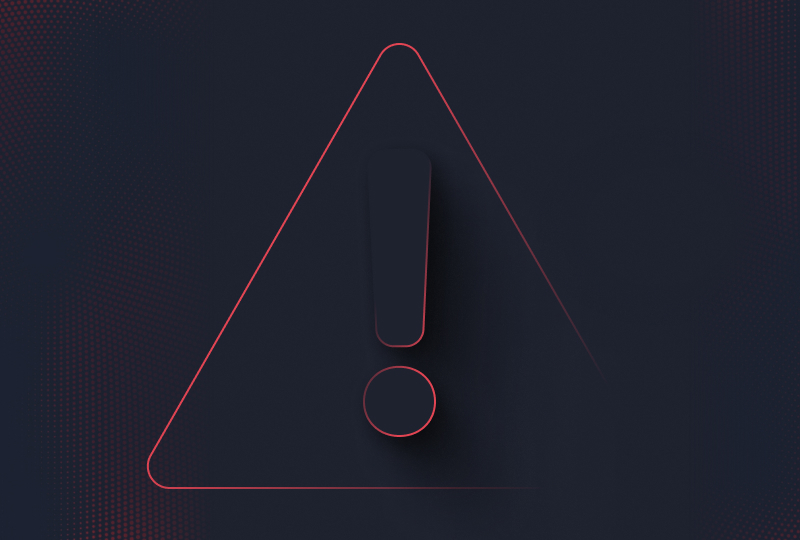2021-11-02

Top 9 Most Important Customer Success KPIs

8 min read
You may have a great Customer Success strategy but without Customer Success KPIs, how will you know why your strategy is working or if it's working at all? And what are the most important KPIs for customer success?
The top 9 KPIs for customer success are:
-
Churn
-
Upsell, cross-sell and down-sell
-
Net Promoter Score (NPS)
-
Customer effort
-
Gross revenue retention (GRR)
-
Net revenue retention (NRR)
-
Customer lifetime value
-
Customer health score (CHS)
-
Customer support tickets
Benefits of Customer Success
Customer success is the business method of ensuring your customers achieve their desired outcomes while using your product or service.
High-touch success involves frequent, one-on-one help from a dedicated manager for high-value users whose issues are often quite complex.
A low-touch strategy involves digital engagement and the use of associates as needed. This strategy is often used for volume consumers who typically have low recurring revenue and/or rollouts that aren't complicated.
The ultimate objective of each strategy is to deliver value to consumers by helping them use your product to achieve their business goals.
There are a number of benefits of customer success, including:
-
Streamlined user onboarding
-
Lower customer acquisition cost
-
Lower churn
-
Higher lifetime spend
-
Enabling a development cycle driven by user feedback
The Top 9 Key Performance Indicators
The following are the top nine Customer Success metrics.
Churn
Churn rate is the number of users who are no longer buying your product or have unsubscribed from your SaaS offering divided by the number of users you started with. Your churn rate will be low if consumers are successful in using your product or service. However, your churn rate will increase if you're not providing value or your retention strategies aren’t working.
Upsell, cross-sell and down-sell
If churn is important to be aware of, consider the concept of upselling to be even more so. Because only looking at churn is by itself also a defensive way of looking at your customers, while at the same time upselling is more of an offensive position. Upselling is simply about aiming to sell larger packages to your customers. Cross-selling is when you are able to sell additional related products to your customers. And down-sell? Well, that is when you want to prevent a customer from churning by offering them a cheaper version of your product. Keeping track of these three metrics means you have a great overview of the state of your existing customer base.
Net Promoter Score
Your NPS is based on surveys of how likely customers are to recommend your product to other consumers. Your NPS is one of the main ways to determine customer satisfaction. Because your NPS is user-generated, you can use the information from the surveys to determine where your customers are having issues with your product or service and fix those problems. If you eliminate the reasons your customers wouldn't recommend your product, you'll increase their satisfaction. Another customer loyalty metric companies use is the Customer satisfaction score (CSAT) to determine how satisfied a user is with an overall experience or a specific interaction.
Customer effort (CES)
This measures how much effort it takes for a consumer to purchase or return a product, get an issue resolved, a request filled, or a question answered.
Gross revenue retention (GRR)
This KPI measures the annual revenue a company loses from its user base, not including any benefits it receives from price increases, upsells, or cross-sells. This metric represents how successful you are retaining your existing users, which is a good indicator of your program because if people are renewing, it's evident that they're getting something out of your product/service or your customer experience.
Net revenue retention (NRR)
This shows your ability to not only retain but also expand your customers. NRR calculates total revenue (including up-sells), minus revenue churn. If above 100%, it means you are actually able to grow your business on your existing customer base - without adding new customers. A slight change in NRR can because of the compounding effect result in big numbers over a long period of time so it's important to track.
Customer lifetime value (LTV)
This measures the total worth of a customer to your business over their entire relationship with your company. This is a key metric because it costs less to retain existing users than to acquire new ones.
Customer health
You can use this metric to determine whether your users are healthy or at risk of churning. A user with a high health score is a high-value, repeat customer. To excel, you must understand customer health. Paying attention to this metric helps managers identify and mitigate risks before they escalate. You can also use customer health scores in your analytics efforts to predict future events, such as if your users will recommend you to their family and friends.
Customer support tickets
Your users shouldn't have to exert a lot of effort to use your product. However, if they struggle, they're likely to contact support. And customer support tickets are indications of failures somewhere in the customer journey. Consequently, your team should aim to identify the problems users typically contact support about and proactively work to educate customers about those problems and how to solve them. Fewer calls to support mean fewer tickets and fewer tickets mean more satisfied customers.
How to Improve Your KPIs within Customer Success
Once you have identified your KPIs, make sure you create ways of working that continuously work towards these. There are many ways to create a customer centric culture that helps you along the way:
Take control of your revenue
Revenue management is, for all obvious reasons, a key function for any SaaS business. The best way to identify any expansion opportunities with your customers is to take control of your revenue. Make sure you can follow all the important subscription KPIs such as gross churn and net retention.
Make sure you have one source of truth
Scattered data is the enemy of truth because depending on how you look at it - or who it is that’s looking - siloed data is open to a biased interpretation. Therefore, it’s important to have all your data collected in one place and easily accessible to everyone in your organization.
Track the health of your customers
Make sure that your team continuously tracks the health of your customers. This can at times be challenging in a scaling Customer Success organization, and the latest customer - or the one that is the loudest - tends to get the most attention. But that’s not necessarily where Customer Success Managers should spend their time. Therefore, make sure you have the tools necessary to track your customer’s health score in real-time.
Follow your customers lifecycle - and act on it
As your customers move along the lifecycle, make sure you understand what phase they are in, and how you can help them in the best way possible. By creating structured workflows to manage all phases of the customer journey, you will be able to measure their progress and act whenever there is an upsell opportunity, or risk for churn.
Analyse the usage of your product
Sometimes people tend to say one thing, and then do another. Therefore, the possibility to track and visualize customer usage data in real-time is crucial for a Customer Success organization. If done correctly, the insights you get from your usage analytics can be shared with your customers to help them get the most out of your product.
Create value together
Make sure you deliver what your customer is expecting from you, by creating a collaborative partnership where you align on their overall business goals and work towards it together. And remember, it doesn’t hurt to remind them of all the progress you’ve done together as you move along their customer life journey and towards those business goals.
Third-Party Vendors that Can Help with Your Customer Success
There are a number of third-party providers that can help with your customer success, including:
-
Planhat
-
Gainsight
-
Totango
Other examples of third-party vendors are:
-
CustomerSuccessBox
-
ClientSuccess
-
Custify
-
Freshdesk Customer Success
-
SmartKarrot
Why Planhat Is the Best Option to Track your Customer Success KPIs
Planhat connects all the customer data, gets actionable insights, and drives customer actions to manage renewals, reduce churn and boost expansion.
Planhat also provides a unified view of your customers all in one place, identifies risks and opportunities, creates clear, repeatable processes through the customer lifecycle, and offers multi-channel communication as well as customized inboxes for teams.
With Planhat Portals, it is possible to share success plans, playbooks, dashboards, goals, documents, and more with your customers in a branded Customer Portal.
Altogether, Planhat is a complete Customers Success platform that lets you track the KPIs that matter the most for the future growth of your business.
To find out more:
-
Read more about Customer Success analytics and how to use it to track your KPIs.
-
Download our report to learn What's next for Customer Success?
-
Or get a Planhat Demo!
Join our newsletter!
Receive the latest news, updates, and invitations to our events.
Being data-driven, are we there yet?
Being data-driven should be standard nowadays, but many organizations still struggle with it. Every company wants to be data-driven, but putting it into practice is the tough part.
How to transition from a cost center to a profit center in CS
Many in CS shy away from the commercial aspects of the business, but it's a missed opportunity to keep the conversation moving around maximizing and driving value for customers.
It's worth the risk: Identifying and managing risk in CS
When faced with risk in CS, it’s hard to know what the first step should be. We've developed an actionable plan based on experience from three CS experts.
Learn more about
Planhat
Drop your email and let us show you our platform!











